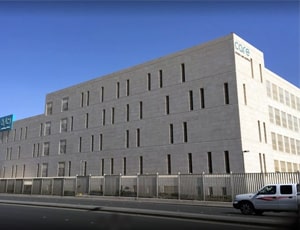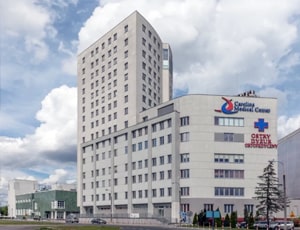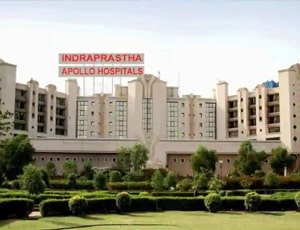Bow leggedness, also known as Genu varum is referred to the medial angulation of the tibia and the femur. Recognized with varied terms such as bandiness, tibia vara, and bandy leg, the bow-legged condition is characterized by outwardly bending of the knee and inner inclination of the tibia from the thigh's axis, thereby giving a bow-like appearance to the affected. Blount's disease or bow-legged condition is more common among females than it is in other genders. Besides, most athletes are also seen to be bow legged.
The condition is mostly recognized among children and adolescents and may result from malnutrition, or various diseases such as rickets, that hinder ossification of the bones. Apart from that, physical trauma, as well as other occupational causes may result in the emergence and persistence of the condition. However, irrespective of the cause, bow leg correction is possible with proper treatment and management.
Typically, three varied approaches may be implemented for bow leg correction treatment, which may be interchanged depending on the need of the people.
The procedure for bow leg correction can be distinguished as minimally invasive and complete surgical.
Recovery post bow leg correction depends on the type of treatment performed on the candidate. Where the non-invasive procedures allow people to walk a day or two after the surgery, the operative treatments take approximately eight to sixteen weeks to completely recover. However, complete recovery after surgical bow leg correction treatment may take up to six months. In most cases, the condition is given time to gradually adjust and straighten as need be.

Riyadh, Saudi Arabia
History Riyadh care hospital is a highly specialized hospital with world-class infrastructure. The ...more
![]() Airport Transfer
Airport Transfer
![]() Choice of Meals
Choice of Meals
![]() Interpreter
Interpreter
![]() SIM
SIM

Warsaw, Poland
History Carolina Medical Center is one of the best and clinically advanced orthopedics and sports m...more
![]() Airport Transfer
Airport Transfer
![]() Choice of Meals
Choice of Meals
![]() Interpreter
Interpreter
![]() SIM
SIM

Delhi, India
Equipped with more than 50 specialty institutes, Indraprastha Apollo was started with the vision of ...more
![]() Private Driver / Limousine Services
Private Driver / Limousine Services
![]() International Cuisine
International Cuisine
![]() Phone in Room
Phone in Room
![]() Online Doctor Consultation
Online Doctor Consultation

Pediatric Orthopaedic Surgeon
Faridabad, India
10 of experience
USD 45 for video consultation

Pediatric Orthopedics
Delhi, India
10 Years of experience
USD 32 for video consultation

Orthopedic Surgeon
Bursa, Turkey
10 of experience
USD 200 for video consultation